Entertainment
’90 Day Fiancé’ Recap: Brandan Reveals Past Suicide Attempt on August 29, 2023 at 1:08 am News

Mary and Brandan’s obsessive relationship continues to alarm viewers.Mary and Brandan’s obsessive relationship continues to alarm viewers.
News Read More
Advice
Building On-Screen Cast Chemistry in Film
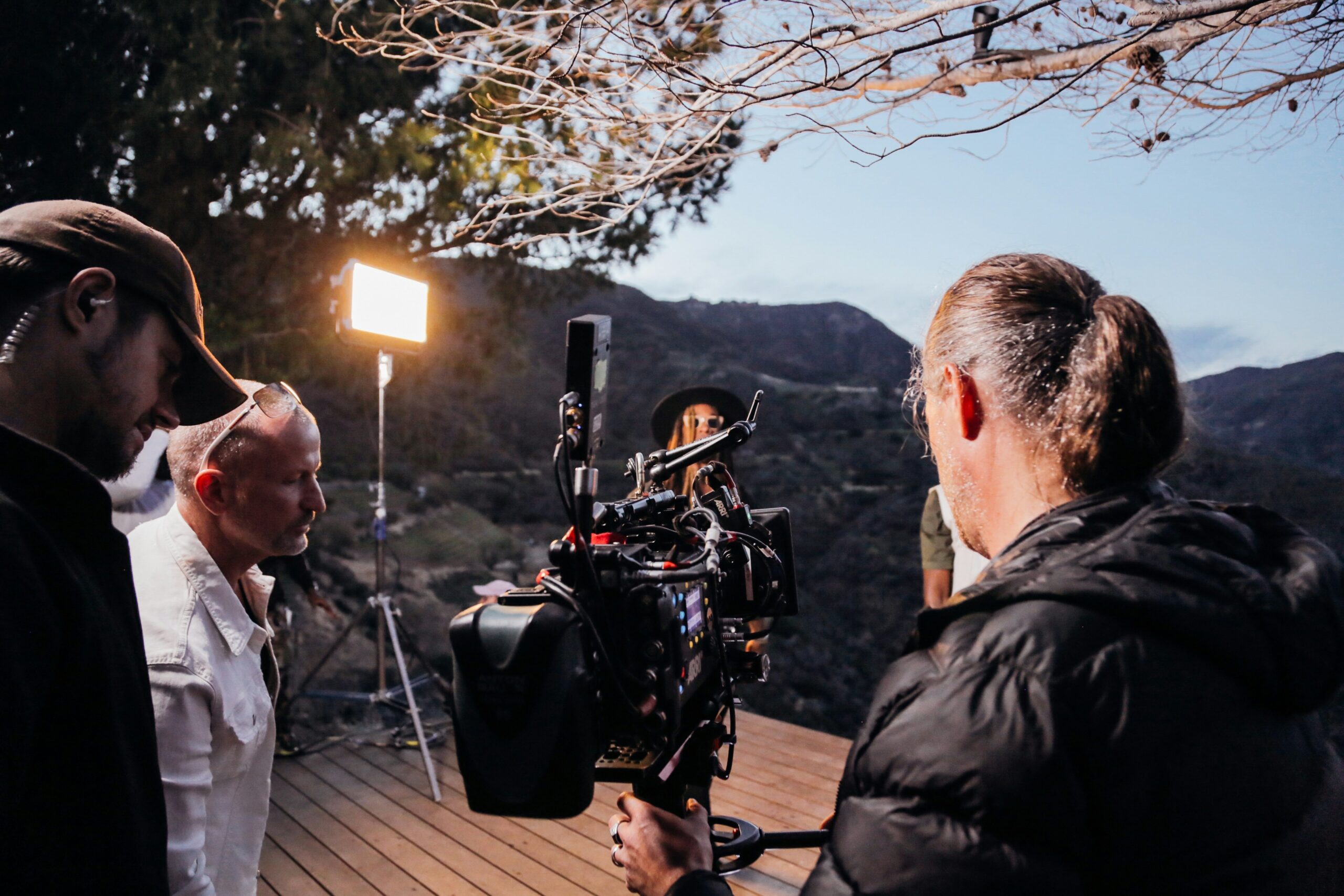
The Casting Process: Finding the Right Fit
The casting process plays a pivotal role in film production, as it determines the actors who will bring characters to life on screen. Initially, directors and casting agents analyze the script to identify the specific traits and skills required for each role. This involves a detailed understanding of the characters’ complexities and how they interact within the storyline. By establishing clear character descriptions, casting professionals can begin the search for actors whose talents align with the narrative’s demands.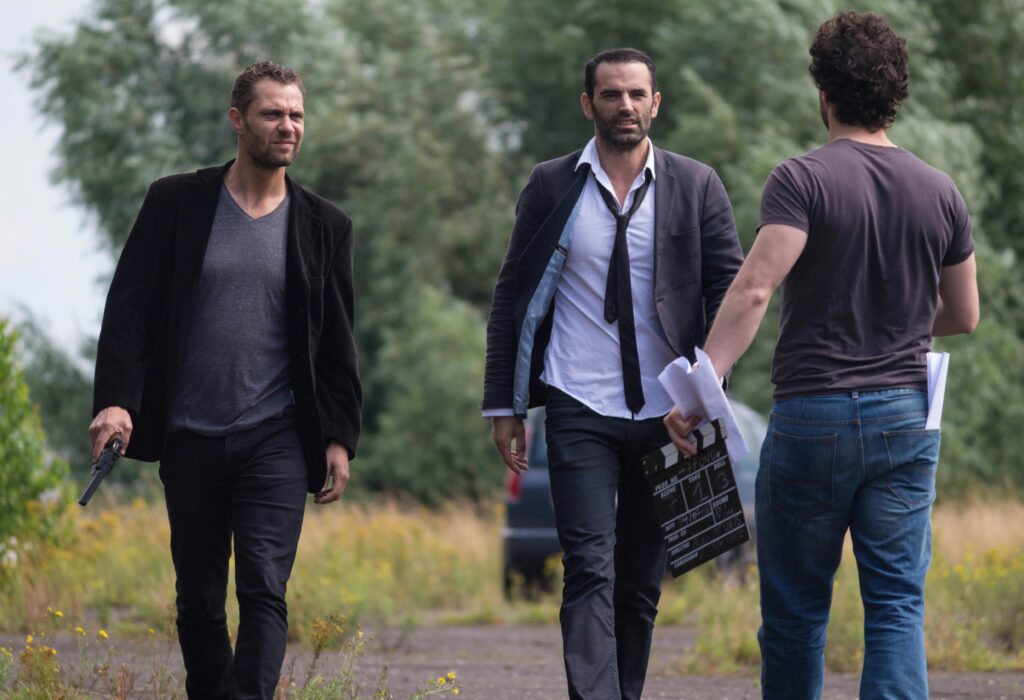
Auditions and callbacks are critical components of this process. During auditions, actors present their interpretations of characters, showcasing their artistry and suitability for the roles. Directors often use this opportunity to observe not only the technical skills of each actor but also their ability to convey the emotional depth required. Callback sessions further refine the selection process, allowing directors to compare actors and assess their compatibility with existing cast members. This is where chemistry reads become particularly valuable, as they help gauge the on-screen dynamic between potential co-stars.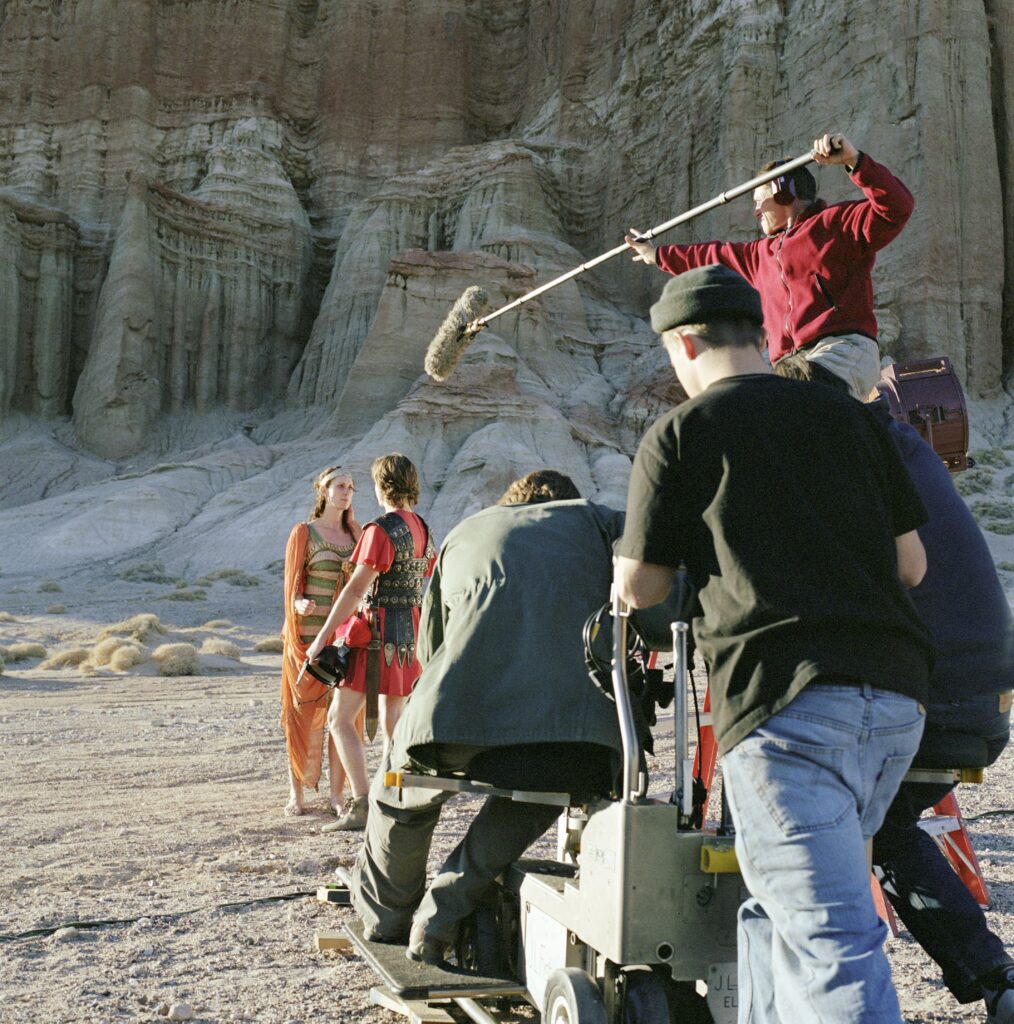
Diversity and representation are essential elements in modern casting practices. Directors and casting agents must strive to include actors from various backgrounds, as this enriches storytelling and fosters a more authentic representation of society. By considering different perspectives and experiences during casting, filmmakers can create a more relatable and inclusive narrative. To enhance genuine connections among actors, casting directors should facilitate workshops or group auditions. These settings allow individuals to interact and develop rapport, resulting in stronger on-screen chemistry.
In conclusion, the casting process is more than just filling roles; it is about assembling a team of actors who can collectively bring a vision to life. The integration of auditions, chemistry reads, and a focus on diversity contributes to the dynamic and authentic portrayal of characters that audiences seek in film.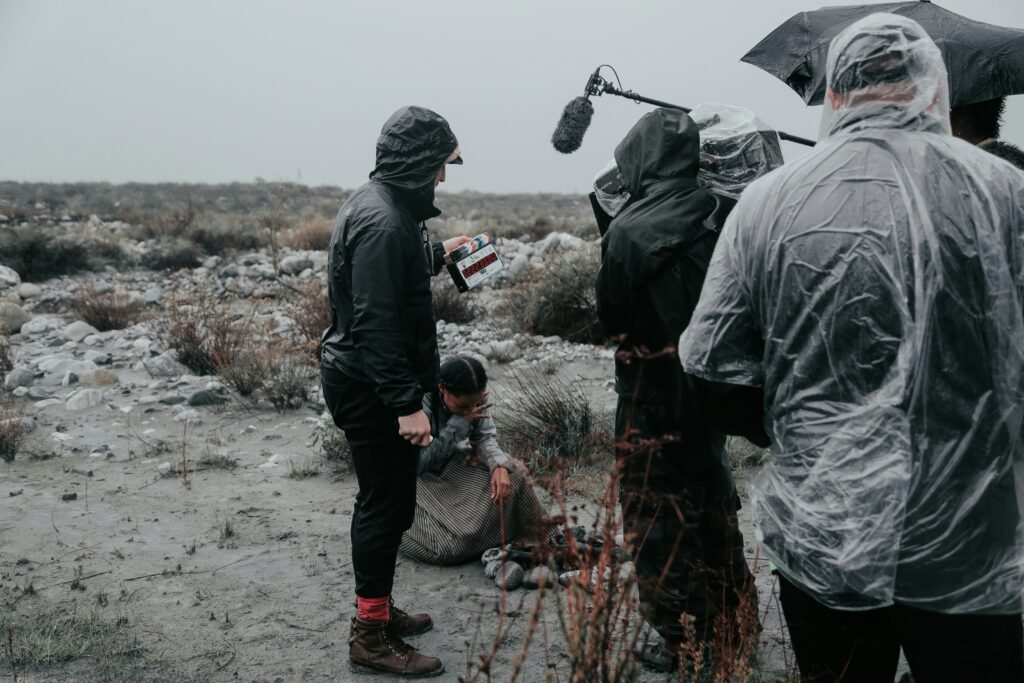
Building On-Screen Chemistry: Techniques and Tools
Creating authentic on-screen chemistry between actors is an essential component of engaging film storytelling. Filmmakers employ various techniques to cultivate this dynamic, beginning with rehearsal strategies. By utilizing improvisation exercises, actors can explore their characters in organic ways, breaking down barriers that may hinder natural interactions. These exercises encourage spontaneity and collaboration, ultimately fostering a comfortable atmosphere that allows performers to respond to each other in real-time.
Character-building workshops serve as another critical method where actors delve deeper into their roles. These workshops emphasize understanding the backstories and motivations of each character, enabling the cast to cultivate a shared narrative. This holistic approach helps actors align their performances, leading to a more cohesive on-screen portrayal. As the actors develop their characters collaboratively, the chemistry emerges more organically, producing interactions that resonate with authenticity.
The role of directors in shaping these relationships cannot be overstated. A director’s vision helps guide the actors in exploring their dynamics effectively. Through constructive feedback and collaborative discussions, directors can facilitate a dialogue about character relationships and ensure that their portrayals reflect the desired narrative tone. Additionally, rehearsals led by the director can help actors practice specific scenes, encouraging them to engage deeply with their counterparts and build trust.
Furthermore, cinematographic techniques significantly enhance the representation of on-screen chemistry. Choices regarding camera angles, framing, and lighting can amplify the emotional resonance between characters. Close-up shots, for instance, allow viewers to connect with the subtleties of the actors’ expressions, providing insight into their relational dynamics. When combined with the psychological aspects of acting, such as empathy and emotional intelligence, these elements create a compelling visual narrative that effectively captures and communicates the chemistry between characters.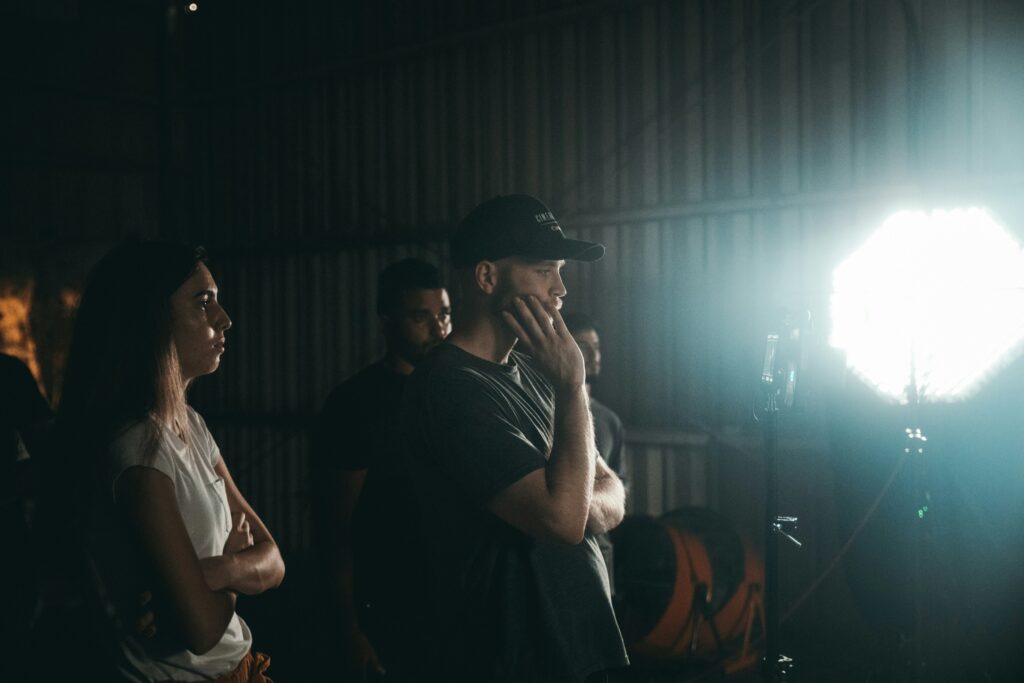
The Dynamics of Different Relationships: Lovers, Rivals, and Friends
In the realm of filmmaking, the portrayal of relationships significantly influences both audience engagement and narrative effectiveness. Different relationship dynamics, such as romantic couples, adversaries, and close friends, each present unique challenges and opportunities for actors to develop chemistry. The authenticity of these interactions is vital, as it allows viewers to connect emotionally with the characters and the story being told.
Romantic relationships in film often require a delicate balance of tension, vulnerability, and attraction. Actors portraying lovers must delve into the complexities of intimacy, ensuring their interactions resonate as genuine. Film examples like “La La Land” showcase how nuanced performances between Ryan Gosling and Emma Stone effectively convey the joys and struggles of love, drawing the audience into their emotional journey. Chemistry in such relationships is crucial; it can elevate a narrative from a simple love story to a profound exploration of human connection.
Conversely, rivalries in film may highlight conflict, competition, or even deep-seated animosity. Films such as “The Social Network” explore the fierce dynamic between rivals, portraying it through sharp dialogue and intense performances. Actors portraying adversaries must convincingly embody their characters’ motivations and stakes, translating that animus into palpable tension on screen. The chemistry between rivals doesn’t solely rely on overt conflict; it often thrives on an undercurrent of mutual respect, making for a captivating viewing experience.
Friendships, on the other hand, offer realms of comedic relief and emotional support within narratives. Successful films like “The Intouchables” reflect the unique chemistry between friends, showcasing the warmth and authenticity of their interactions. This dynamic often requires a lighter touch, with actors needing to embody sincerity and humor that reflect genuine camaraderie. The rapport established among actors can significantly enhance how audiences perceive these relationships.
Each relationship dynamic—lovers, rivals, or friends—demands a tailored approach to actor interaction and chemistry-building. Successful films that master these dynamics contribute to storytelling richness, significantly impacting viewer engagement and the overall cinematic experience.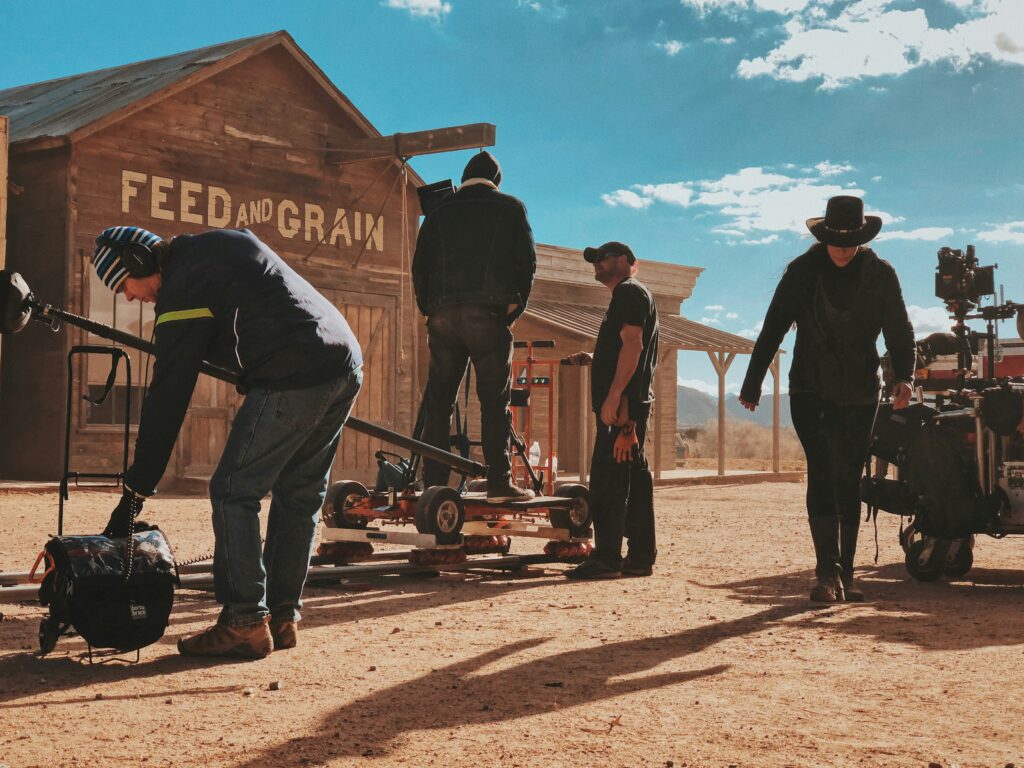
Challenges and Solutions: Navigating Cast Chemistry Issues
Creating chemistry among cast members is pivotal in film production, yet it frequently presents challenges. Conflicting personalities can lead to tension on set, which hampers the creative process and ultimately affects the film’s quality. Individual differences in acting styles may also result in a lack of rapport, creating a disconnect between characters that is palpable to audiences. Thus, recognizing and addressing these issues early in the production timeline is essential for fostering a cohesive unit.
To overcome these challenges, several strategies can be implemented. One effective approach is to engage cast members in team-building activities that promote trust and understanding. Such activities can range from improvisational exercises to social outings, helping actors to see beyond their characters and develop personal bonds. Additionally, collaborative workshops can serve to align differing acting styles, ensuring that actors have a shared vision of their roles. These environments not only allow for exploration of character dynamics but also permit actors to voice their concerns regarding interpersonal relationships. Indeed, strong communication among cast and crew is crucial for maintaining harmonious dynamics throughout the production process.
Real-world examples illustrate the efficacy of these strategies. For instance, during the filming of a well-known romantic comedy, the lead actors faced significant difficulties due to contrasting personalities. The director instituted daily team-building sessions that included games and trust exercises, which ultimately led to improved on-screen chemistry and a deeper understanding of the characters they portrayed. Another example can be found in a dramatic ensemble piece where divergent acting techniques initially caused friction. The cast engaged in collaborative rehearsals, allowing the actors to harmonize their performances. These interventions transformed their challenges into strengths, culminating in a captivating film that resonated with audiences. Addressing cast chemistry issues proactively can not only mitigate conflicts but also enhance the overall production experience.
Bolanle Media is excited to announce our partnership with The Newbie Film Academy to offer comprehensive courses designed specifically for aspiring screenwriters. Whether you’re just starting out or looking to enhance your skills, our resources will provide you with the tools and knowledge needed to succeed in the competitive world of screenwriting. Join us today to unlock your creative potential and take your first steps toward crafting compelling stories that resonate with audiences. Let’s turn your ideas into impactful scripts together!
Advice
Mastering Pre-Production for Film Success

Understanding Pre-Production
Pre-production is a crucial phase in the filmmaking process that involves comprehensive planning and organization before the cameras start rolling. It encompasses various activities that contribute to the successful execution of a film project. During this stage, filmmakers outline their vision, establish budgets, secure locations, and assemble their cast and crew. These foundational elements are integral in ensuring that the filming process proceeds smoothly and efficiently.
One common misconception about pre-production is that it is merely an administrative formality or a preliminary step. In reality, it plays a vital role in determining the overall quality of the final product. A thorough pre-production process enables filmmakers to anticipate challenges, allocate resources effectively, and create a detailed shooting schedule. This level of preparation significantly reduces the likelihood of unforeseen complications during filming, which can lead to delays and inflated budgets.
Pre-production also involves creating a comprehensive script breakdown, where each scene is analyzed for its requirements in terms of costumes, props, and special effects. This meticulous attention to detail ensures that the filmmakers have a clear understanding of what will be needed during the shoot. Furthermore, casting decisions made during pre-production are critical, as the right actors can bring characters to life in a way that resonates with the audience.
In summary, pre-production is not simply a phase to be rushed through; it is an essential element of the filmmaking process that lays the groundwork for a successful film. By recognizing the importance of this stage, filmmakers can effectively navigate the complex landscape of production and elevate the quality of their final product. Proper planning in pre-production provides a roadmap for the entire project, ultimately enhancing the viewers’ experience.
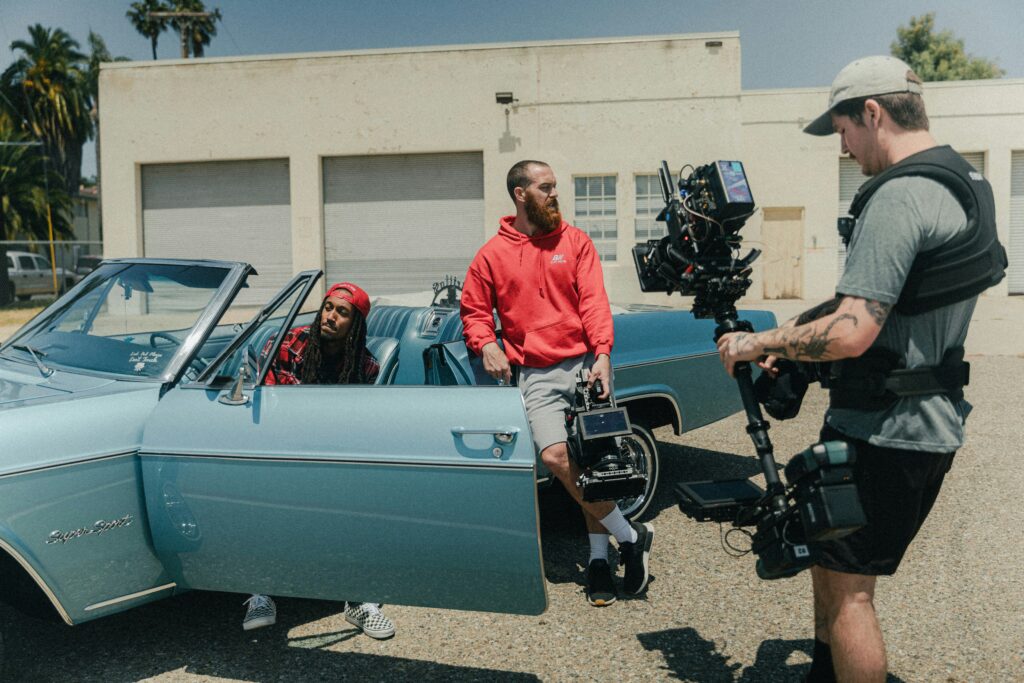
Budgeting: The Financial Blueprint
Budgeting serves as the financial blueprint for any film project, establishing a framework that guides the production team through the intricate process of filmmaking. A meticulously developed budget allows filmmakers to allocate resources efficiently, ensuring that every dollar is accounted for while fulfilling creative goals. At its core, the budgeting process involves estimating all necessary expenses, from pre-production through post-production, including costs for cast, crew, equipment, locations, and marketing. This financial planning is not merely an organizational tool; it is a vital component that directly influences the production’s feasibility and overall success.
One of the primary implications of inadequate budgeting is the possibility of budget overruns, which can severely impact a film’s completion. Unexpected costs may arise due to various factors such as delays in shooting, increases in material or labor costs, or unforeseen circumstances that necessitate additional spending. To mitigate these risks, filmmakers must engage in thorough financial planning during the pre-production phase. By incorporating contingencies—typically around 10-20% of the total budget—filmmakers can accommodate unexpected expenses, thus preventing disruptions during the filming process.
Creating an effective budget requires strategic thinking and detailed attention to numerous aspects of production. Filmmakers should begin by gathering quotes from vendors and service providers to establish baseline costs accurately. Engaging in historical analysis of previous projects can also provide insight into standard expenditures. Another critical strategy involves prioritizing spending, ensuring that funds are allocated to the most essential elements first. This approach helps prevent overspending in any one area, enabling filmmakers to maintain flexibility throughout the project. In conclusion, a well-considered budget is not simply a financial necessity; it is integral to keeping the filmmaking process on track and preventing costly missteps.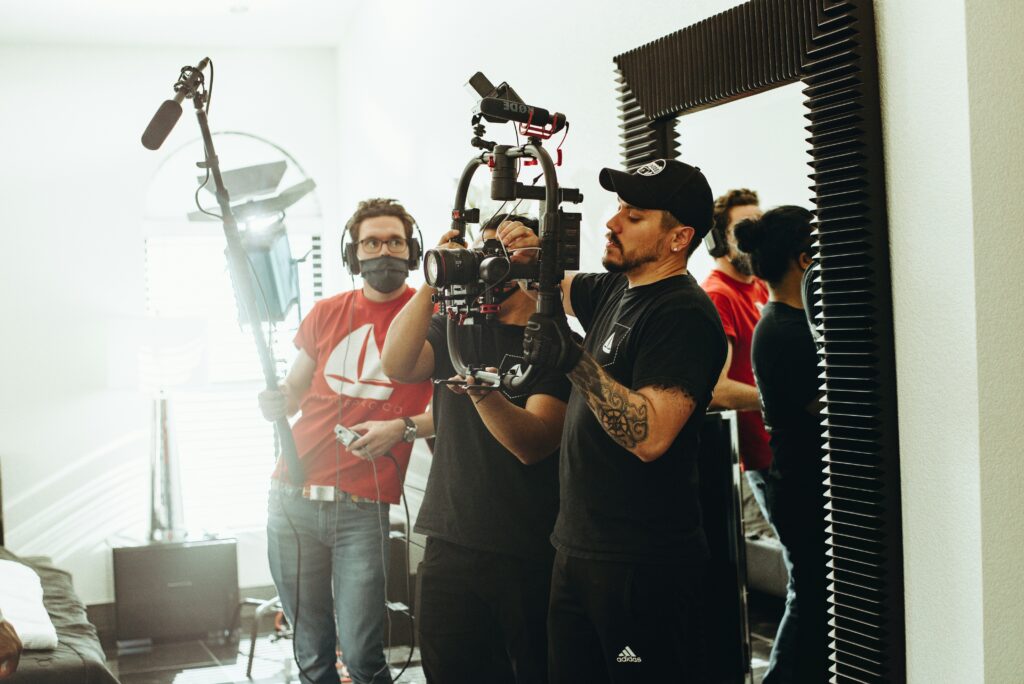
Casting and Location Scouting: The Right Choices Make a Difference
In the realm of filmmaking, casting and location scouting stand as pivotal elements during the pre-production phase. The selection of actors is not merely about finding individuals who can perform; it involves identifying those who can authentically bring the characters to life. A well-cast film can significantly elevate narrative depth and audience engagement. Hence, the casting process should be approached with careful consideration. It is advisable to conduct thorough casting calls, where talent can be evaluated through auditions that simulate real film conditions. This practice not only clarifies the ability of performers but also helps directors gauge chemistry between actors, an essential component when examining roles that interact closely within the narrative.
Similarly, location scouting plays an equally essential role in establishing the film’s tone and authenticity. Selecting shooting locations that align with the script’s atmosphere can enhance the storyline and create a more immersive experience for the audience. The chosen locations should not only complement the narrative visually but should also support logistical aspects of the production, such as permits, accessibility, and budget constraints. Filmmakers should consider locations that reflect the narrative’s themes, while also ensuring that they are practical for crew and equipment use, which directly impacts production efficiency.
Moreover, the long-term effects of these choices cannot be overlooked. Proper casting and location selection streamline the production process by minimizing the need for extensive reshoots or changes. When the right actors inhabit their roles convincingly and when locations authentically reflect the script’s setting, the overall quality of the film is enhanced, leading to a more favorable reception among audiences. Thus, investment in a strategic casting and location scouting process lays a foundational cornerstone upon which the success of the film can be built.
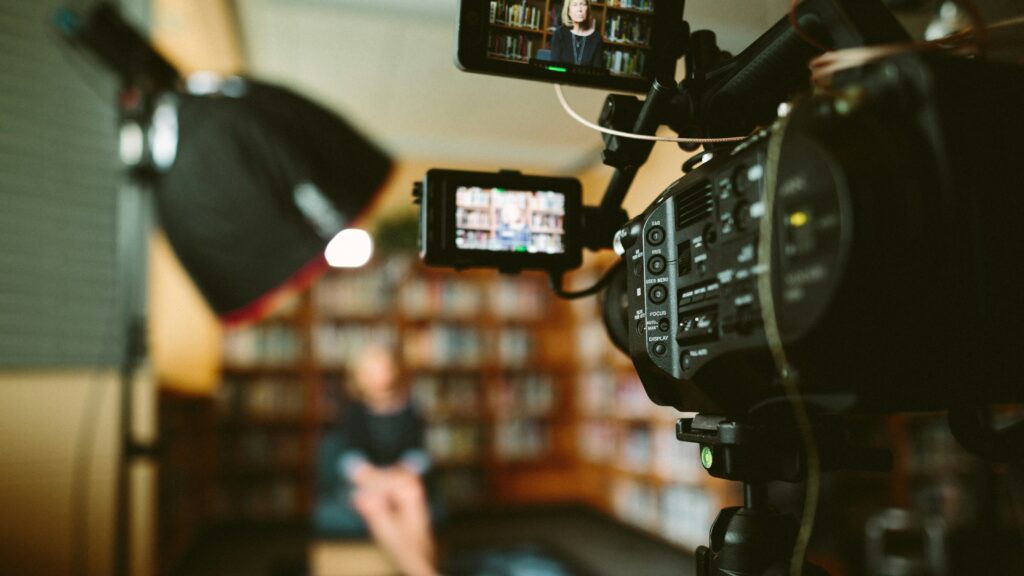
Storyboarding: Visualizing the Film Before Shooting
The process of storyboarding plays a crucial role in the pre-production of a film, serving as an integral visual planning tool that allows directors and cinematographers to pre-visualize their scenes. By illustrating the key moments of a film in a series of drawings, storyboards provide a clear roadmap of how each shot will look, enabling better communication among the crew. This visual representation is essential not only for lighting and camera setup but also for conveying the emotional tone of each scene, ensuring that all team members share a unified creative vision.
Storyboards work effectively as a communication tool, helping to bridge the gap between creative ideas and practical execution. When collaborating with a diverse team, including cinematographers, art directors, and actors, a storyboard ensures that everyone is aligned. It minimizes confusion and misinterpretations that can arise during the filming process. This visual blueprint acts as a reference point that clarifies how a director intends to portray a particular scene. Consequently, this leads to a more streamlined shooting schedule and an efficient use of production resources.
Various techniques exist for storyboarding, including traditional hand-drawn images, digital tools, and even rudimentary animations. Each method offers distinct benefits that cater to different workflows and preferences among filmmakers. However, the absence of such a pre-visualization framework can lead to potential challenges, including on-set improvisation that may not align with the director’s original intent. A notable example of the impact of effective storyboarding can be seen in films such as “The Lion King,” where precise visual planning allowed the filmmakers to capture the grandeur and emotional depth of the story. By utilizing storyboards, filmmakers can minimize creative discrepancies and ensure a consistent vision throughout the production process, highlighting the indispensable role of storyboarding in achieving cinematic success.
Bolanle Media is excited to announce our partnership with The Newbie Film Academy to offer comprehensive courses designed specifically for aspiring screenwriters. Whether you’re just starting out or looking to enhance your skills, our resources will provide you with the tools and knowledge needed to succeed in the competitive world of screenwriting. Join us today to unlock your creative potential and take your first steps toward crafting compelling stories that resonate with audiences. Let’s turn your ideas into impactful scripts together!
Advice
Creative Ways to Film on a Budget
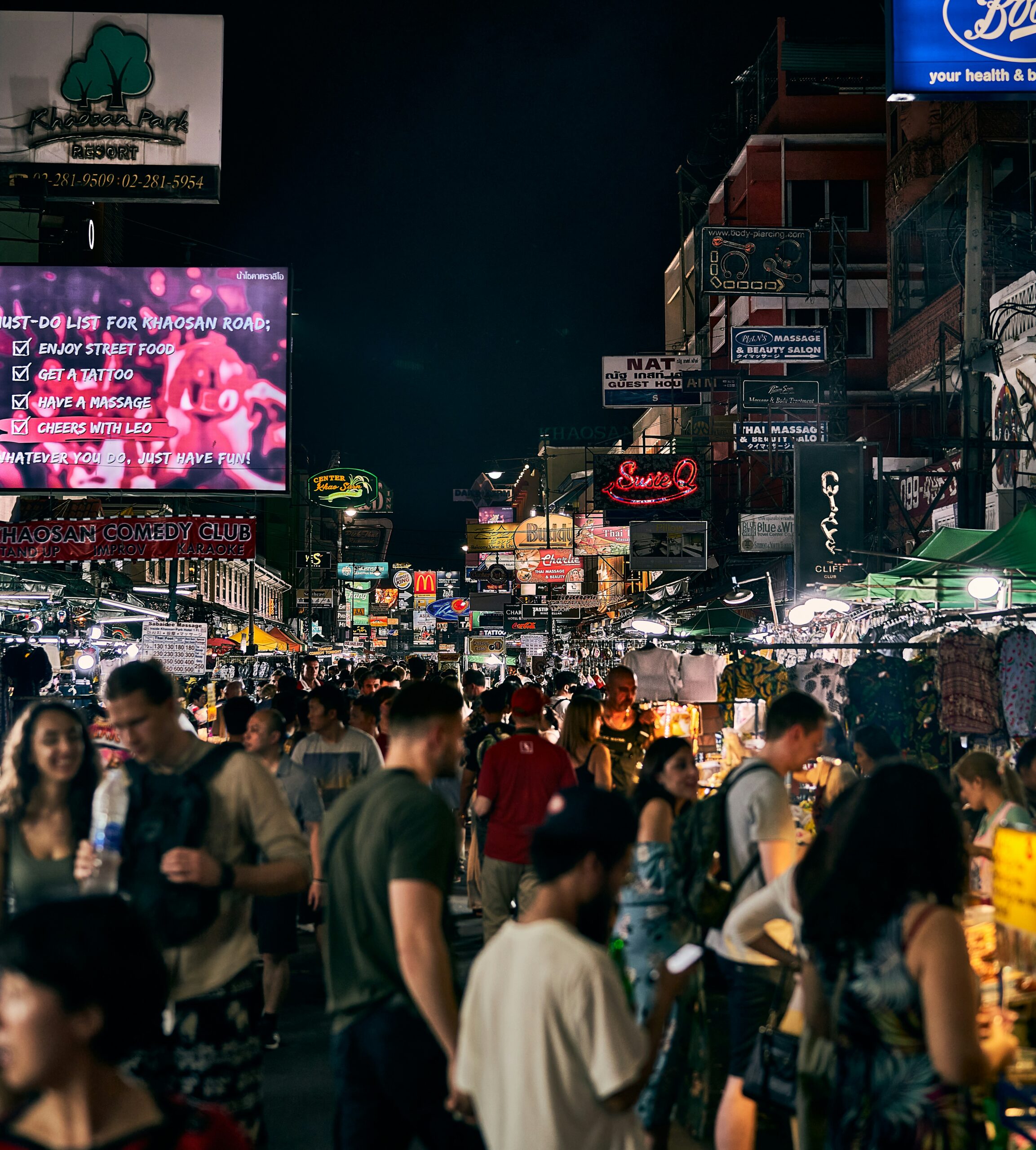
Maximizing Locations: Find the Perfect Setting for Less
Location plays an integral role in filmmaking, often serving as much more than a mere backdrop. When working on a shoestring budget, the ability to creatively leverage various settings can significantly enhance the visual appeal of your project without incurring high costs. Scouting for locations that offer unique natural beauty or architectural features can yield impressive results. Public parks, beaches, and urban landscapes can provide visually stunning environments at little to no expense.
Another valuable tip is to explore community centers or facilities that might be available for filming at reduced rates. Often, local organizations or schools may welcome the opportunity to showcase their spaces, providing filmmakers with a cost-effective option. Additionally, consider asking friends and family if they are willing to lend their homes or properties for filming. Personal environments can add an authentic touch to your film and often come with fewer restrictions than commercial venues.
Once a location is identified, it is essential to negotiate filming permissions properly. Reach out to property owners or managers with a clear outline of your project and discuss any potential impacts on the space. Often, owners are amenable to allowing filming if approached respectfully and professionally. Furthermore, embellishing simple backgrounds with strategic props or creative lighting can transform a modest setting into a compelling focal point. Such enhancements will elevate the production quality while remaining within budget constraints.
The concept of ‘location as character’ should also be considered. By integrating the environment’s distinctive attributes into the narrative, filmmakers can create a more immersive experience. This approach emphasizes the significance of surroundings, making the location feel alive within the story. By utilizing affordable yet visually striking settings, filmmakers can produce compelling works that defy the limitations of a low-budget production.

Props and Costumes: Crafting Impactful Elements on a Budget
When it comes to filmmaking, the significance of props and costumes cannot be overstated; they play a vital role in establishing the film’s atmosphere and helping to articulate the characters’ identities and motivations. However, achieving a high production value while adhering to a limited budget requires creativity and resourcefulness. One viable approach is to source props and costumes from thrift stores and online marketplaces, which often provide unique and affordable items that can enrich the visual storytelling without straining finances.
Thrift shops and second-hand stores are treasure troves of hidden gems. Filmmakers can discover vintage clothing, accessories, and household items that not only fit the period or theme of their film but can also add character to it. By exploring various thrift stores, filmmakers can often find one-of-a-kind pieces that stand out, improving the overall aesthetic of their production inexpensively.
Additionally, online marketplaces such as eBay, Craigslist, and Facebook Marketplace offer a range of props and costumes at competitive prices. This can be particularly useful for niche items that might be hard to find locally. By searching for keywords relevant to your film’s theme or setting, and being open to negotiation, filmmakers can acquire items that align with their vision without overspending.
DIY approaches also present an opportunity to create impactful elements while staying budget-conscious. Repurposing everyday objects can lead to imaginative solutions that feel authentic. For instance, using cardboard or foam to build intricate set pieces or modifying existing clothing with simple sewing techniques can produce impressive results. Collaborating with local artisans or fellow filmmakers can further enhance creativity and resource efficiency.
Ultimately, the art of selecting and crafting props and costumes lies in their resonance with the story and characters. By thinking outside the box and employing innovative methods, filmmakers can elevate their projects, ensuring that every prop and costume contributes meaningfully to the on-screen narrative, regardless of budget constraints.
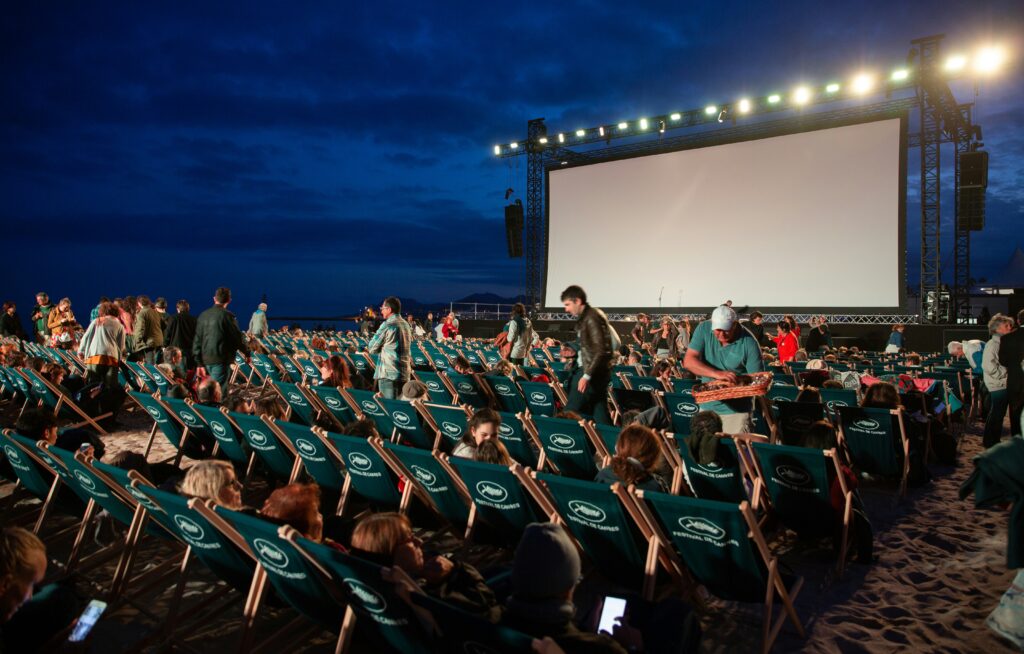
Lighting Tricks: Achieving Cinematic Looks with Minimal Gear
Lighting is an essential element in filmmaking that can make a significant difference in the visual quality of a film, particularly when working with a limited budget. The right lighting techniques can instantly enhance a low-budget film, transforming it into a visually compelling masterpiece. By utilizing available light sources and understanding the fundamentals of lighting design, filmmakers can create dynamic scenes that captivate audiences.
One effective approach is to leverage natural light, which is often abundant and free. Shooting during the “golden hour,” shortly after sunrise or before sunset, provides soft, diffused lighting that enhances skin tones and adds warmth to scenes. Additionally, for indoor shoots, positioning actors near windows allows for natural light to brighten the setting without incurring extra costs. When natural light is insufficient, household lamps can serve as practical alternatives. For instance, using table lamps with adjustable shades can offer directionality to the light, allowing for more creative control over shadows and highlights.
Understanding three-point lighting is fundamental for achieving a professional look even with minimal gear. This technique involves using a key light, fill light, and backlight to create depth and dimension. The key light serves as the primary illumination, while the fill light softens shadows, and the backlight separates the subject from the background. Moreover, filmmakers can use reflectors made from simple materials, such as white poster boards or aluminum foil, to bounce light and fill in areas that need additional illumination.
In post-production, color grading plays a significant role in enhancing a film’s aesthetic. By using editing software to adjust color tones and contrast, filmmakers can create a polished look that adds to the overall cinematic experience. Together, these lighting tricks provide resourceful ways to elevate a film’s visual quality, ensuring that even projects created on a shoestring budget can achieve impressive results.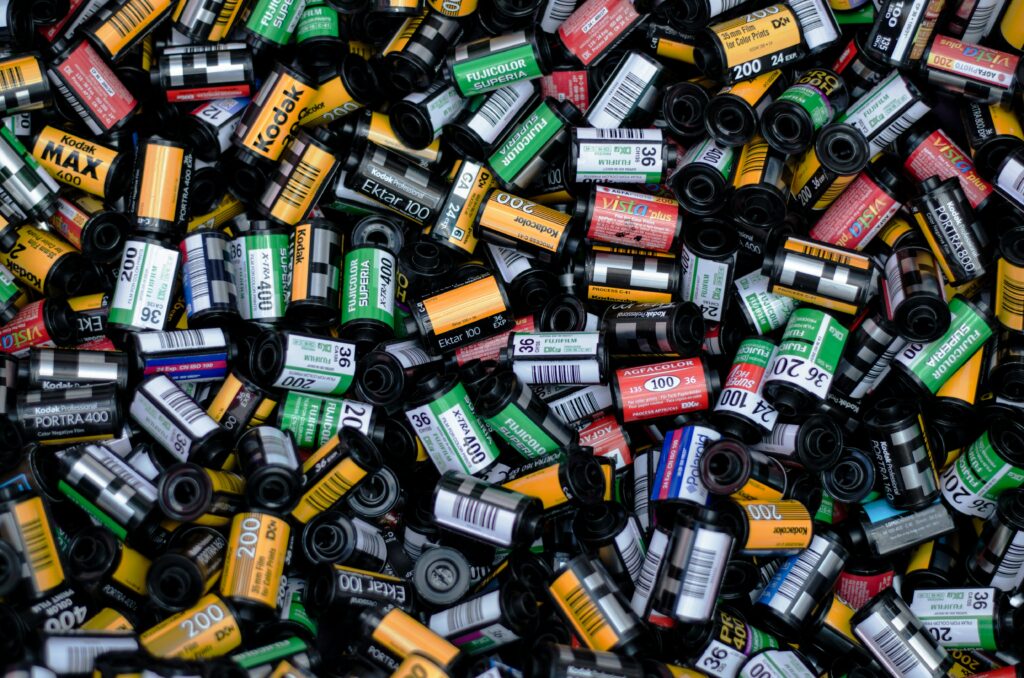
Guerrilla Filmmaking Techniques: Capture Magic in Unconventional Ways
Guerrilla filmmaking is an approach that emphasizes creativity and resourcefulness, enabling filmmakers to produce visually stunning results despite their limited budgets. The essence of this method lies in capturing spontaneous moments that traditional setups often overlook. To embark on a successful guerrilla filmmaking journey, filmmakers need to embrace flexibility and remain open to unplanned opportunities. A willingness to adapt to the environment is crucial for transforming ordinary settings into extraordinary backdrops.
One effective strategy is to utilize mobile devices for filming. Modern smartphones are equipped with advanced cameras that can produce high-quality footage comparable to professional equipment. With the right apps and accessories, such as stabilizers and external lenses, filmmakers can enhance their mobile shooting capabilities. Leveraging the convenience and portability of these devices allows for spontaneous shooting opportunities, whether in bustling urban landscapes or tranquil rural settings. Additionally, employing natural light can further elevate the visual appeal, eliminating the need for elaborate setups.
Using small crews or working solo can also yield impressive results. A limited crew allows for a more agile shooting process, where quick changes in direction can be made without extensive communication delays. Filmmakers can explore innovative camera angles and unconventional shots that could go unnoticed in a more structured environment. This approach not only contributes to storytelling but also creates a more authentic feel that resonates with viewers.
Identifying unique opportunities in everyday settings can further enrich a project. Filmmakers should train their eyes to see potential in mundane locations, such as local parks, busy streets, or even their own homes. By creatively utilizing available technology and fostering a resourceful mindset, one can transform simple surroundings into a dynamic visual narrative. In essence, guerrilla filmmaking equips creators with the tools to build visual stories that resonate, all while making the most of limited resources.
Bolanle Media is excited to announce our partnership with The Newbie Film Academy to offer comprehensive courses designed specifically for aspiring screenwriters. Whether you’re just starting out or looking to enhance your skills, our resources will provide you with the tools and knowledge needed to succeed in the competitive world of screenwriting. Join us today to unlock your creative potential and take your first steps toward crafting compelling stories that resonate with audiences. Let’s turn your ideas into impactful scripts together!
-
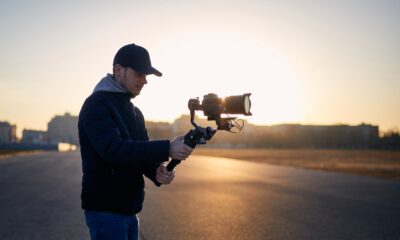
 Advice4 weeks ago
Advice4 weeks agoAdvice to New Filmmakers
-

 News3 weeks ago
News3 weeks agoThe Hemp Village’s Inaugural Brunch: A Celebration of Resilience and Community Spirit
-

 Advice3 weeks ago
Advice3 weeks agoHow Community Engagement Ignites Cultural Phenomena
-

 Advice4 weeks ago
Advice4 weeks agoThe Power of Misdirection in Storytelling
-

 Advice4 weeks ago
Advice4 weeks agoHow Complex Characters Drive Engagement
-

 Advice4 weeks ago
Advice4 weeks agoHow Teasers Boost Audience Engagement
-

 Advice4 weeks ago
Advice4 weeks agoThe Hidden Magic in Messing Up
-
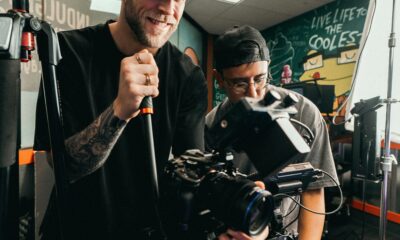
 Advice6 days ago
Advice6 days agoA Reality Check for Aspiring Filmmakers










